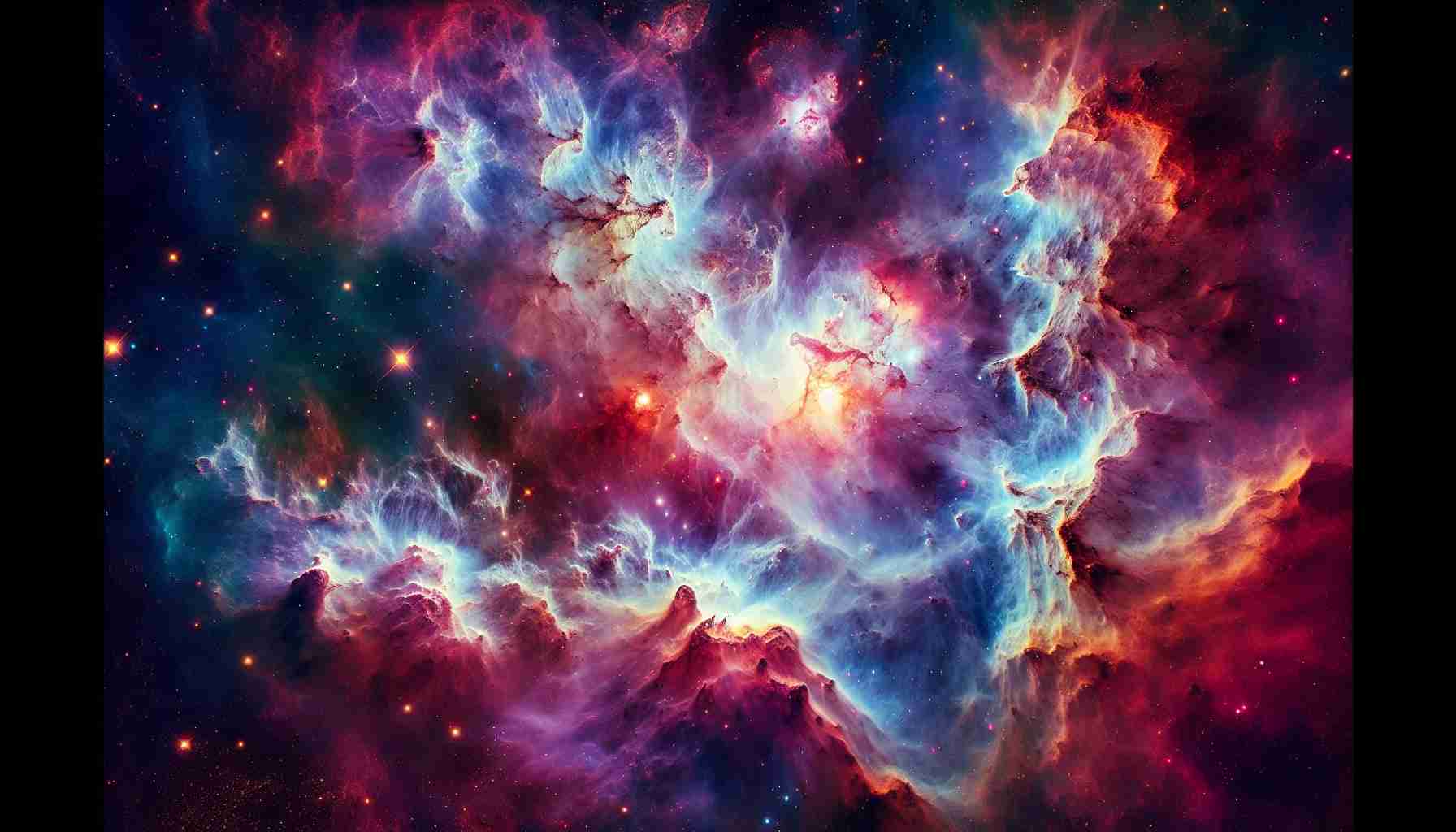- NASA’s Hubble Space Telescope captures breathtaking images of nebulas that resemble various animals, highlighting the universe’s beauty.
- Each nebula, such as the Eagle and Penguin Nebulae, showcases unique cosmic phenomena linked to the life cycle of stars.
- The Tarantula Nebula serves as a vibrant birthplace for massive stars within the Large Magellanic Cloud.
- The Butterfly Nebula illustrates the complex patterns resulting from a dying star’s outer layers being ejected.
- Notable examples include the Cat’s Eye, Crab, and Bat Nebulae, each rich with history and astronomical significance.
- The imagery reinforces the idea that the cosmos is filled with life, stories, and ongoing cosmic processes waiting to be understood.
Dive into the celestial wonders that NASA’s Hubble Space Telescope has captured, revealing the universe’s beauty through stunning, animal-shaped nebulas. Each one tells a story of creation, destruction, and rebirth in the cosmos.
Imagine the majestic Eagle Nebula, where pillars of gas and dust nurture new stars, resembling an eagle with wings stretched wide. Over 326 million light-years away, the Penguin and Egg Nebula evokes a protective mother penguin cradling its egg in the galactic arms of a mesmerizing spiral galaxy.
Within the Tarantula Nebula, countless stars twinkle in a spider-like formation, a vibrant birthground for cosmic giants in the Large Magellanic Cloud. Meanwhile, the Butterfly Nebula showcases delicate wings of colorful clouds, remnants of a dying star shedding its outer layers, creating a stunning visual feast.
Travel to the enchanting Cat’s Eye Nebula, where layered shells of gas glow eerily from violent star outbursts 3,000 light-years away. Nearby, the Crab Nebula, a supernova remnant from 1054 AD, captivates with its glowing structure, now powered by a rapid neutron star.
Don’t miss the Bat Nebula, ominously resembling outstretched wings, or the Caterpillar Protostar, illuminating a dense cloud as powerful stellar winds shape it. The Spider Nebula dazzles with its web-like appearance, alive with the glow of newborn stars.
Finally, behold the Dragon’s Egg Nebula, a stellar nursery where vibrant gas clouds huddle, nurturing bright young stars that emerge like dragons hatching in space.
Key takeaway: The universe is teeming with life and stories, waiting to be explored through the incredible lens of NASA’s imagery. Each nebula is a reminder of the beauty and mystery that exists beyond our world.
Unveiling Cosmos Mysteries: Stunning Nebulas and Their Secret Lives!
The Celestial Wonders of Nebulas: A Deeper Dive
NASA’s Hubble Space Telescope continues to illuminate the beauty of the cosmos through its stunning images of animal-shaped nebulas, revealing not just their appearances, but also insights into their formation, evolution, and significance in the universe.
New Insights and Features of Selected Nebulas:
1. Cat’s Eye Nebula (NGC 6543):
– Features: Known for its intricate structure, the Cat’s Eye Nebula is a planetary nebula exhibiting complex layers and an unusual high-temperature central star.
– Limitations: The nebula’s faintest details require highly sensitive instruments, and its brightness can obscure intricate structures during observation.
2. Eagle Nebula (M16):
– Innovations: Recent surveys have detailed the star formation processes happening within the Eagle Nebula, particularly focusing on the Pillars of Creation that allow astronomers to analyze how stars are born in dense clouds.
– Use Cases: The region serves as a natural laboratory for studying stellar evolution and understanding the dynamics of star formation.
3. Tarantula Nebula (30 Doradus):
– Market Forecast: It is anticipated that deeper studies of the Tarantula Nebula will lead to discoveries related to the formation of massive stars, providing insights relevant to many fields in astrophysics.
4. Butterfly Nebula (NGC 6302):
– Security Aspects: Observations of the Butterfly Nebula have raised discussions about the potential challenges astronomers face in interpreting data due to the nebula’s complex behaviors and the radiation emitted by its dying star.
5. Dragon’s Egg Nebula:
– Sustainability: The study of such nebulae contributes to our understanding of the life cycle of stars and the recycling of materials back into the universe, which is crucial for the sustainability of cosmic evolution.
Key Related Questions:
1. What causes the unique shapes of nebulas?
– Nebula shapes are primarily influenced by factors such as stellar winds, radiation pressure, and the surrounding interstellar medium. These forces interact, sculpting the nebula into various forms, resembling animals or other familiar shapes.
2. How do nebulas contribute to star formation?
– Nebulas are often referred to as stellar nurseries. They provide the gas and dust needed for star formation, with gravitational forces pulling materials together to form new stars. This is a continuous cycle of creation in the universe.
3. What role do nebulas play in the greater ecosystem of the universe?
– Nebulas are integral to the life cycle of stars, serving as both birthplaces and death beds. They enrich the interstellar medium with heavy elements upon stellar death, which can later contribute to new star systems, planets, and potentially life.
Explore More:
For those looking to dive deeper into the wonders of the cosmos and the research surrounding them, check out the following resources:
– NASA Homepage
– Hubble Space Telescope
Conclusion
The mesmerizing images captured by the Hubble Space Telescope provide not only aesthetic beauty but also a wealth of knowledge about the life cycles of stars and the intricate processes in our universe. Each nebula tells a different story, symbolizing the ongoing journey of creation, evolution, and rebirth among celestial bodies.
